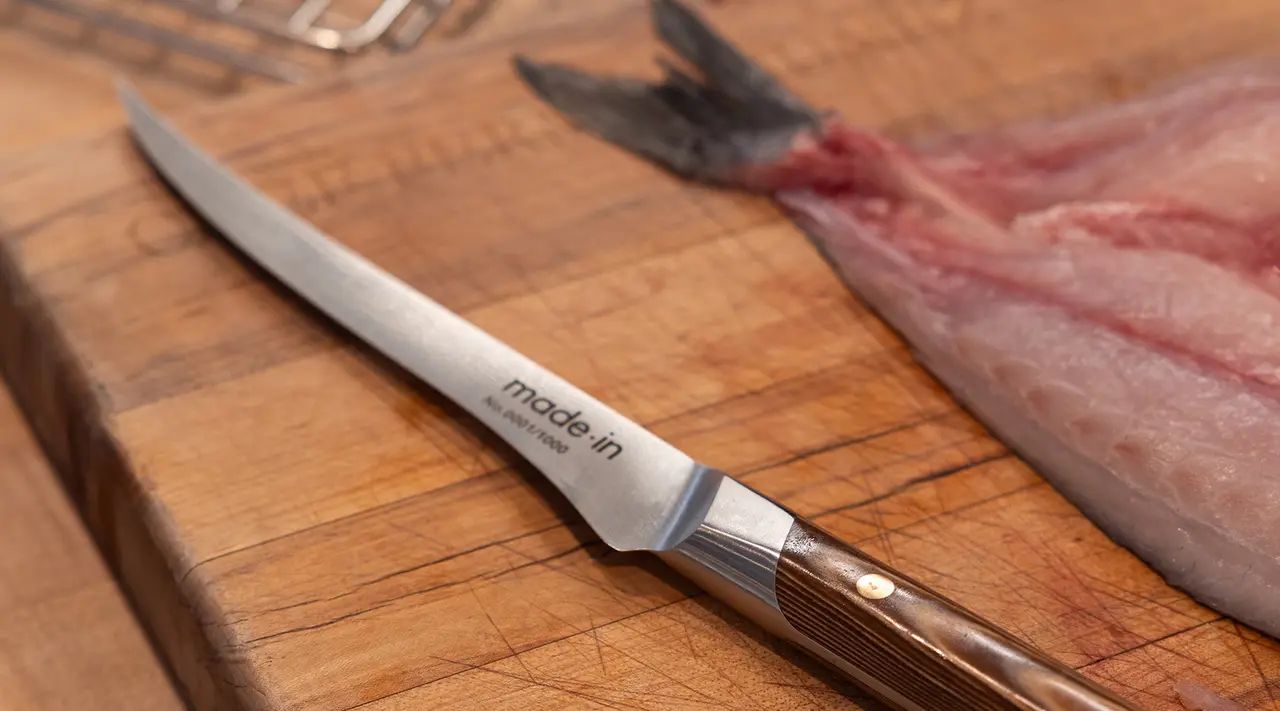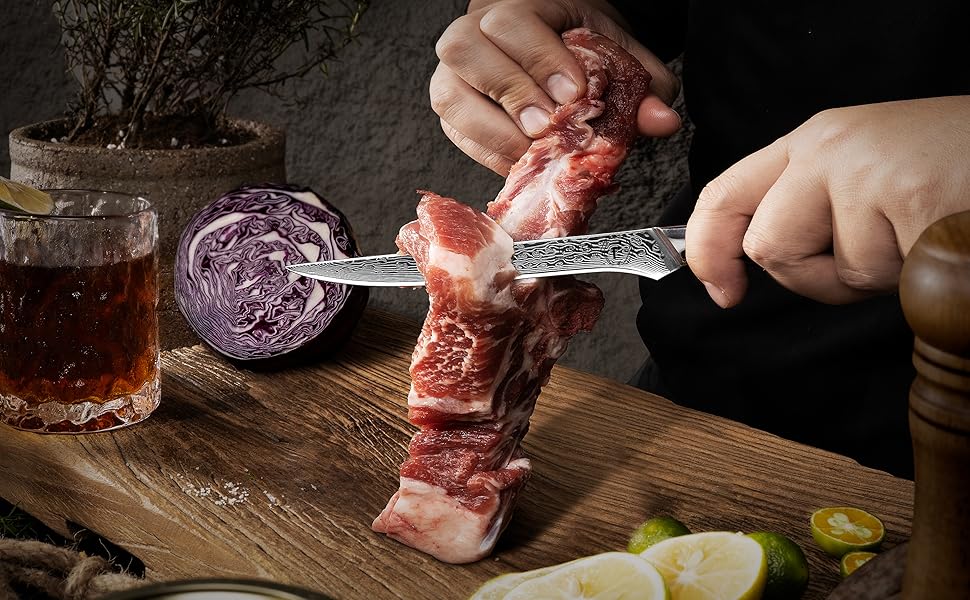For culinary professionals, a boning knife is an essential tool in the kitchen arsenal. However, the challenge arises when you need to transport it safely. Ensuring the safe transport of a boning knife is crucial to prevent accidents and maintain the knifes integrity. In this comprehensive guide, we will delve into the best practices, precautions, and considerations on how to transport boning knife safely.

Understanding the Importance of Boning Knife Safety
Before diving into the specifics of transportation, it is vital to understand why safety is paramount. Boning knives are designed with sharp, narrow blades to efficiently separate meat from bones. This sharpness, while beneficial in the kitchen, poses a risk during transport. Ensuring safe transport protects not only the individual carrying the knife but also those around them.
Choosing the Right Knife Case
Knife Rolls
A knife roll is a popular choice among chefs for transporting knives. Its a convenient and flexible option that allows you to store multiple knives securely. When selecting a knife roll, ensure it is made of durable materials and has secure fastenings to keep the knives in place.
Knife Guards
Knife guards are essential for adding an extra layer of protection. They cover the blade, preventing it from causing accidental cuts. Ensure the guard is a snug fit to prevent the knife from slipping out.
Dedicated Knife Bags
These are specifically designed for knife transportation. They often come with individual slots for each knife, providing optimal protection and organization. Look for bags with padded compartments and strong zippers.
Preparing the Boning Knife for Transport
Before transporting your boning knife, its crucial to prepare it properly. This involves cleaning and drying the blade thoroughly to prevent rusting during transport. Additionally, securing the blade with a guard or sheath is essential for safety.
Securing the Knife in the Vehicle
When transporting a boning knife by vehicle, its important to ensure it is secured to prevent movement during transit. Place the knife in a dedicated compartment or secure it in a knife roll that is then placed in a stable part of the vehicle. This helps to avoid potential accidents and damage to the knife.
Legal Considerations When Transporting Knives
Understanding the legal aspects of transporting knives is crucial. Different regions have varying laws regarding knife transportation. Ensure you are familiar with these laws to avoid legal issues. [Learn more about legal considerations](https://en.wikipedia.org/wiki/Boning_knife) (external link).
Additional Tips for Safe Knife Transport
Labeling
Label your knife bag or case clearly to avoid confusion and ensure it is handled with care.
Avoid Overpacking
Overpacking can lead to damage. Ensure each knife has its own space and is not forced into a tight spot.
Personal Safety Gear
Consider wearing cut-resistant gloves when handling knives, especially during transportation. This adds an additional layer of safety.
Common Mistakes to Avoid
Avoid common pitfalls such as forgetting to secure the knife or not using a proper knife guard. These mistakes can lead to accidents or damage to your knife.
Essential Tools for Safe Knife Transport
Besides the knife case, other tools such as a honing steel and a cloth for cleaning are essential. They ensure your knife remains in peak condition during transport.
Maintaining Knife Condition During Transport
Regularly check the condition of your knife during transport. This includes inspecting for any signs of rust or damage and addressing these issues promptly.
Conclusion: Prioritizing Safety
Transporting your boning knife safely is a responsibility that should not be taken lightly. By following these guidelines, you can ensure your knife remains in excellent condition and that you and those around you are safe during its transport. For more insights on choosing the right boning knife, visit [this link](https://knivesgenius.com/should-you-buy-a-boning-knife/) (internal link).

FAQs
1. What is the best way to clean a boning knife before transport?
Clean the knife with warm water and soap, ensuring all food residue is removed. Dry it thoroughly to prevent rust.
2. Can I carry a boning knife in my checked luggage?
Yes, you can carry a boning knife in checked luggage, but ensure it is properly secured and follows airline regulations.
3. What should I do if my knife gets damaged during transport?
If your knife gets damaged, assess the extent of the damage. For significant issues, consult a professional for repairs.
This article contains affiliate links. We may earn a commission at no extra cost to you.


